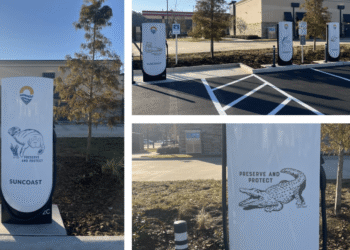Rivian’s Warning Signs: A Canary in the Coal Mine for the EV Market
Rivian’s recent announcement sent shockwaves through the electric vehicle (EV) market. The company revised its 2025 delivery forecast downward, causing its shares to plummet by over 7% in early trading. Although Rivian’s deliveries rose by nearly 32%, the loss of the $7,500 federal EV leasing tax credit has dealt a significant blow to the industry.
A Fragile EV Boom
Rivian’s revised forecast of 41,500 to 43,500 vehicles indicates a slowdown in the EV market. The rush to purchase EVs before the tax credit deadline has given way to a bleak reality. The added pressure of tariffs on imported auto parts has increased costs and squeezed thin margins.
Carmakers Scramble to Adapt
Behind the scenes, carmakers are frantically retooling their supply chains and bringing production onshore to comply with policies introduced during the Trump era. Rivian’s plans to expand its margins ahead of the R2 SUV launch next year now face significant challenges.
A Systemic Problem
Rivian’s struggles are not an isolated issue; they reflect a broader vulnerability in the EV sector. The industry’s reliance on politics, tariffs, and market manipulation has created a fragile landscape. As the market adjusts to the loss of subsidies, the real test lies ahead.
What’s Next?
Rivian’s third-quarter results, due on November 4, are expected to be eventful. The key question remains: which companies will survive when the subsidies disappear and the market becomes more realistic?






![Lucid Motors launches Gravity Touring SUV, starting below $80,000 [Video]](https://thecruisectrlr.com/wp-content/uploads/2025/11/Lucid-Gravity-Touring-Hero-350x250.jpg)




